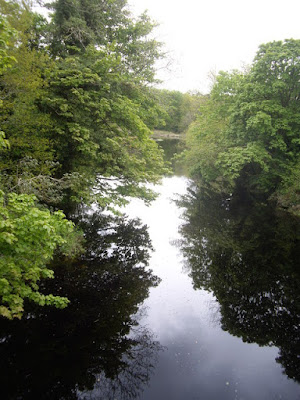According to Rishanger, during the peace talks Edward had threatened to “set light to Scotland from sea to sea” and force the people into submission. This was hardly the language of diplomacy, and most unlikely since the talks ended in a temporary peace. The quote makes for good copy, but is yet another example of monkish chroniclers adding the spicy sauce of invention to the dull pottage of humdrum politics. Or something like that: feel free to invent your own metaphor, because mine is awful.
Edward was certainly in a vile mood, but his rage wasn’t directed at the Scots. He had made some tactical gains on his summer campaign in 1300, but was forced to make peace after his army fell apart. This was due to the mass desertion of the English infantry, which did more to scupper the campaign than the ineffectual efforts of the Guardians under the Earl of Buchan. By early September Edward had just 500 infantry left from the 9000 that had mustered at Carlisle a few weeks earlier.
Why did the infantry desert? There were the usual supply problems, which meant their wages were often overdue. Many were drawn from the northern counties, and preferred to stay at home to protect their families than march about Galloway with the king. While the gentry class in England were still keen on the Scottish war, enthusiasm among the commons had drained away since the first heady rush of war in 1296.
A revealing order went out in July 1300, when the campaign was still in progress. Edward sent a furious letter to the sheriffs in England, ordering them to imprison those bailiffs and ministers responsible for raising infantry: they had, the king claimed, caused a great part of his infantry to desert ‘by malice among themselves’, which suggests some kind of conspiracy. Possibly Edward was just being paranoid, though it is known that local officials were frequently bribed to excuse men from military service.
 |
| Lord Hunsdon |
The king particularly blamed the men of the county of York, and this wasn’t the last time Yorkshiremen were suspected of a lack of enthusiasm. A later Warden of the East March, Lord Hunsdon, once caustically remarked that the army of York would not have ‘put their noses over Doncaster bridge’ if others hadn’t ‘beaten the bush for them’.


















































